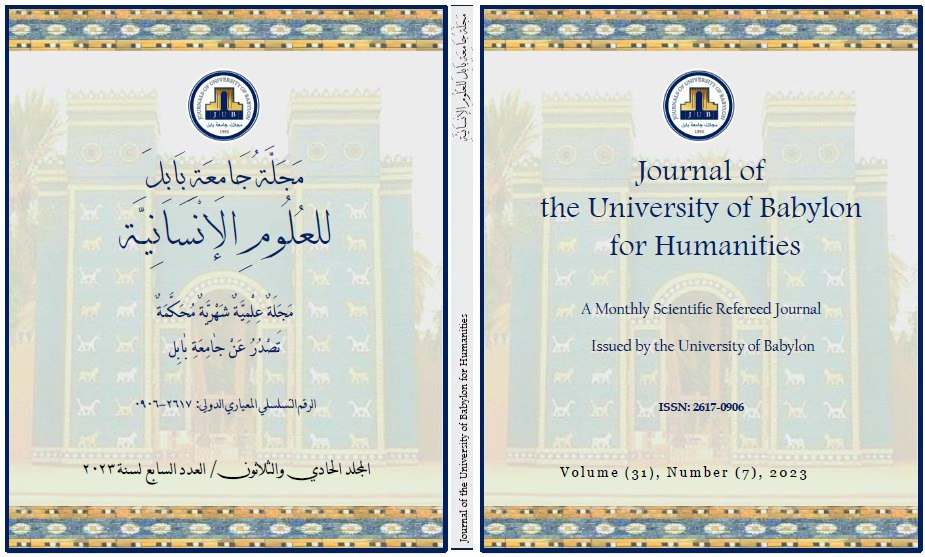Aesthetics of Employing Abstract Forms in Contemporary Cloth Designs
Main Article Content
Abstract
The current research studies (aesthetics of employing abstract shapes in contemporary textile designs), where textile design is one of the creative arts because of its wide spread among societies and their different classes, in addition to what it represents in the double relationship between the need for clothing and beauty, where the designer formulates the natural artistic vocabulary In all its variations and highlighting it on the fabrics, as it is imperative for the fabric designer, for example, to rely on the aesthetic perception that makes the design of fabrics an art with all the principles of art, starting from nature and ending with adaptation to the aesthetic creativity of the abstract artist or others. And since abstraction is the change of reality in different geometric or non-geometric forms, and the thing is stripped of its existence, it calls for looking with an eye that loves excellence and with a spirit filled with art and beauty. The other that connoisseurs of this art and its lovers need.
The research included four chapters; the first chapter dealt with the study's methodological framework represented by the research problem, its importance, and the need for it, whereas the problem was the following question: How are abstract forms used in contemporary fabric designs? The research aims to employ abstract shapes in modern fabric designs as the research deals with the identification of the most important terms. The second chapter dealt with the theoretical framework and indicators, which included two sections first section: abstract art origin and applications, and the second topic: designs printing fabrics. The third chapter dealt with the research procedures represented by the research community, its insight, the research tool, and the analysis of the research sample models. Finally, the research ended with the fourth chapter, which included the results of the study, its conclusions, recommendations, and proposals, and the most prominent effects of the study are:
- It achieved visual excitement for the design work by adopting 100% abstract methods that showed the visual attraction between the fabric and its recipient.
- Showing the effectiveness of the forces of change in the formal characteristics of the appearance as a product of the act of reduction technique or change in the movement of the emergence of vocabulary, which was represented by all the models researched, and this change prevents the designer and the recipient of a wide field and a great deal of imagination and sense of aesthetic design.

